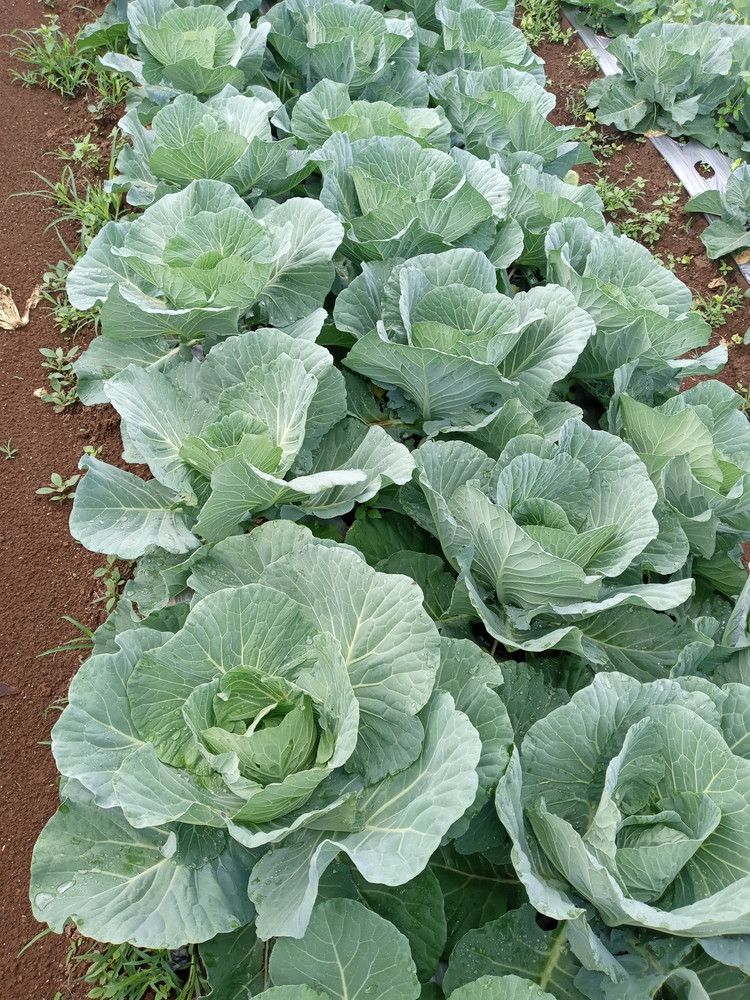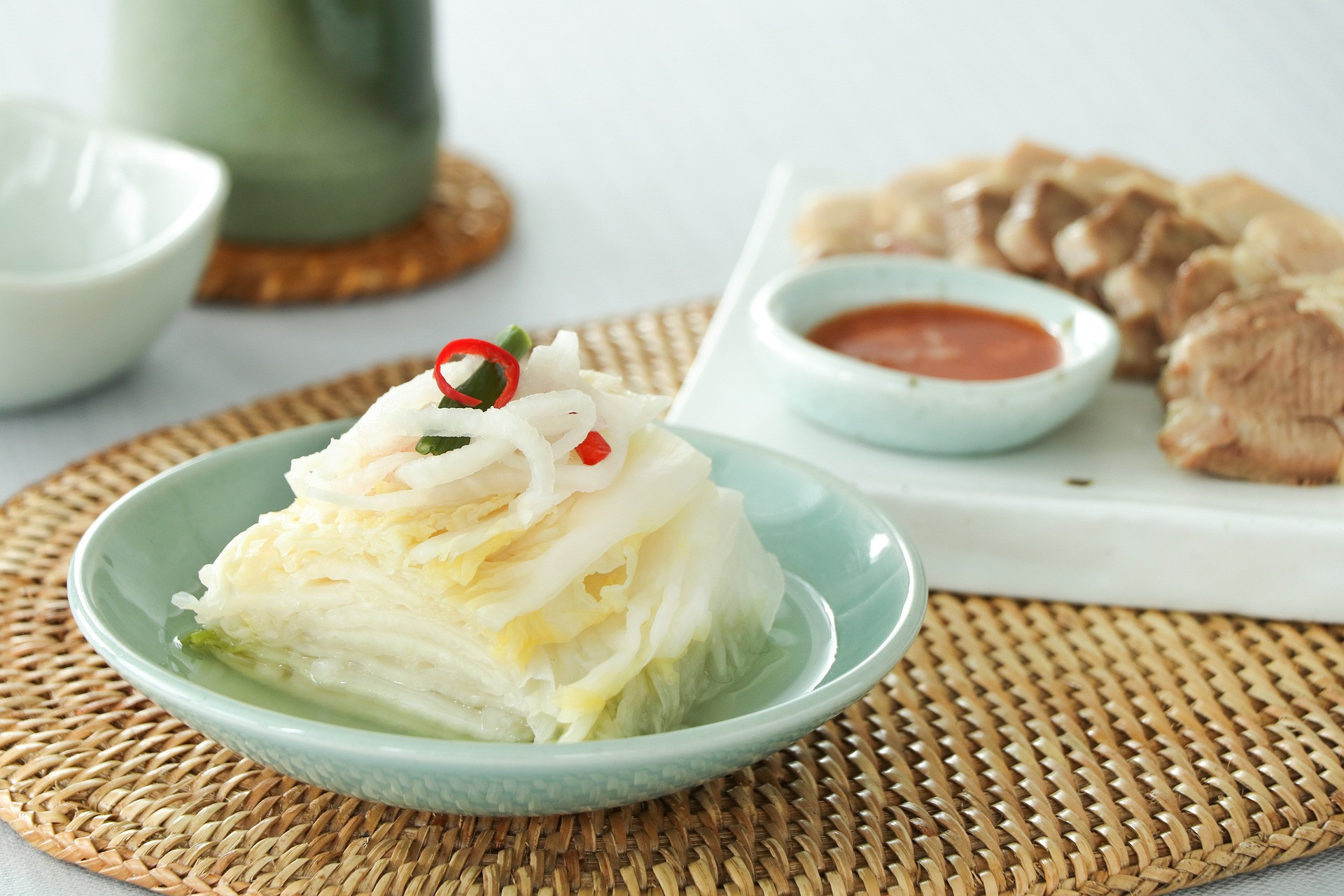From Garden to Table: Preserving Your Homegrown Cabbages as Kimchi

If you've used a garden planner to cultivate your own cabbages this season, you might be wondering how to make the most of your abundant harvest. One delicious and healthful way to preserve those leafy greens is by turning them into kimchi—a traditional Korean fermented dish that's rich in probiotics and flavor.
Preserving Cabbages as Kimchi
Kimchi is more than just a spicy side dish; it's a centuries-old method of preserving vegetables to extend their shelf life through fermentation. By transforming your garden's bounty into kimchi, you're not only preventing waste but also enhancing the nutritional value of your produce. The fermentation process develops complex flavors while boosting the health benefits of the humble cabbage.

Health Benefits of Kimchi
Kimchi is renowned for its numerous health benefits:
- Probiotics: The fermentation process produces beneficial bacteria that promote gut health and aid digestion.
- Vitamins and Minerals: Rich in vitamins A, B, and C, as well as minerals like calcium and iron.
- Antioxidants: Contains compounds that help fight inflammation and reduce the risk of chronic diseases.
- Low in Calories: A flavorful addition to meals without adding excessive calories.
Incorporating kimchi into your diet can boost your immune system, improve skin health, and contribute to overall well-being.
Storage Tips
Properly fermented and stored, kimchi can last for several months in the refrigerator. Here are some storage tips:
- Use Airtight Containers: This prevents exposure to air, which can spoil the kimchi, and keeps the strong aroma contained.
- Keep It Cool: Store in the coldest part of your fridge to slow down fermentation once it's reached your desired taste.
- Monitor Fermentation: The flavor deepens over time, so taste it periodically to enjoy it at different stages.
Simple Homemade Kimchi Recipe
Ingredients:
- 1 medium head Napa cabbage (or your homegrown cabbage)
- 1/4 cup sea salt
- Water
- 1 tablespoon grated garlic (about 5 cloves)
- 1 teaspoon grated ginger
- 1 teaspoon sugar
- 2-3 tablespoons Korean red pepper flakes (gochugaru)
- 4 scallions, chopped
Instructions:
-
Prepare the Cabbage:
- Chop the cabbage into bite-sized pieces.
- In a large bowl, toss the cabbage with salt until thoroughly coated.
- Add enough water to cover the cabbage.
- Place a plate on top to keep the cabbage submerged and let it sit for 2 hours.
-
Rinse and Drain:
- After 2 hours, rinse the cabbage under cold water three times to remove excess salt.
- Drain well and set aside.
-
Make the Spice Paste:
- In a separate bowl, combine the garlic, ginger, sugar, and Korean red pepper flakes to form a paste.
-
Mix Everything Together:
- Add the drained cabbage and chopped scallions to the spice paste.
- Wearing gloves to protect your hands, thoroughly mix until the vegetables are evenly coated.
-
Pack into Jars:
- Transfer the mixture into clean, airtight jars.
- Press down firmly to remove air bubbles and leave about an inch of space at the top.
-
Ferment:
- Leave the jars at room temperature for 1-5 days.
- Check daily, pressing down the vegetables to keep them submerged in the brine.
- Taste the kimchi each day and refrigerate once it reaches your preferred level of fermentation.
-
Enjoy:
- Your kimchi is ready to eat immediately but will develop more complex flavors over time.

Conclusion
By using your garden planner to strategically plant and harvest cabbages, you can ensure a steady supply for making homemade kimchi. Not only does this preserve your produce, but it also adds a flavorful and nutritious staple to your meals. So next time you're organizing your garden beds, consider the lasting benefits of growing cabbages for kimchi. Happy gardening and fermenting!


